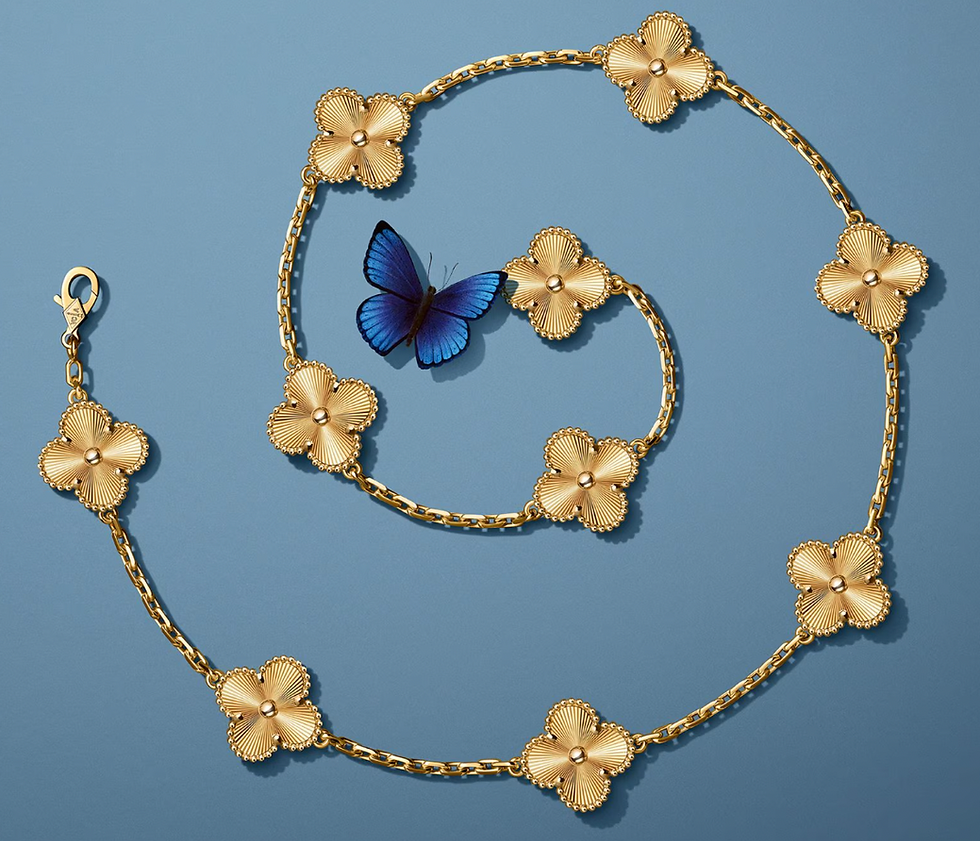Natural or Lab-Grown? Understanding the Key Differences Between Diamonds
- Evaluart

- Jun 13
- 2 min read
In a rapidly evolving jewelry market, diamonds are no longer defined solely by their timeless beauty, but also by their origin. Long perceived as rare treasures formed over millions of years deep within the Earth, diamonds are now also cultivated in laboratories. We shed light on these two distinct types of diamonds.

What Is a Natural Diamond?
A natural diamond is a gemstone formed under extreme pressure and heat several hundred kilometers beneath the Earth’s surface, over millions or even billions of years. These diamonds are mined—primarily in Africa, Russia, Canada, or Australia—and each one is unique, marked by microscopic inclusions that tell its geological origin.
What Is a Lab-Grown Diamond?
A lab-grown diamond, also known as a synthetic diamond, is chemically identical to a natural diamond—made of crystallized carbon—but created in controlled laboratory conditions. Two main production methods are used: HPHT (High Pressure High Temperature) and CVD (Chemical Vapor Deposition). Unlike natural diamonds, which form over geologic time, lab-grown diamonds can be produced in a matter of weeks to months.

Appearance: Deceptively Similar, but Scientifically Different
To the naked eye—and even to many experts—natural and lab-grown diamonds appear identical. Both exhibit comparable optical quality, color, and clarity. To determine their true origin, however, requires precise tools and techniques used by certified gemological laboratories such as GIA or HRD.
Value & Perception: Tradition vs Innovation
One major difference lies in market value. Natural diamonds, due to their rarity and cosmic history, generally hold greater long-term resale value. Lab-grown diamonds, while less expensive upfront and increasingly popular for their lower environmental footprint, may not appreciate on the secondary market as strongly.
Despite this, natural diamonds remain the top choice for high-end investment pieces, including items involved in appraisals, inheritances, or auctions, where verified provenance adds significant prestige.

Why Choose Evaluart?
With today’s complex diamond landscape, Evaluart offers expert appraisal and certification services for your natural and lab-grown diamond jewelry. Our certified gemologists, leveraged by international market knowledge, ensure you receive a reliable, impartial, and transparent valuation.
Summary Comparison
Criteria | Natural Diamond | Lab-Grown Diamond |
Origin | Geological, millions of years old | Manufactured in a lab over weeks/months |
Formation Time | Millions to billions of years | A few weeks to several months |
Market Value | Higher, especially in resale markets | Lower purchase cost; resale varies |
Environmental Impact | Requires mining | Industrial production, potentially greener |
Emotional Legacy | Traditional legacy appeal | Modern, ethical appeal |
Further Reading
“Le diamant synthétique : une révolution douce ?” — L’Objet d’Art, No. 578, 2021.
Sophie Luneau, “L’éthique des pierres précieuses : entre transparence et traçabilité,” Gemmologie et société, CNRS Éditions, 2022.
GIA 2023 Annual Report on the evolving lab-grown diamond market.



Comments